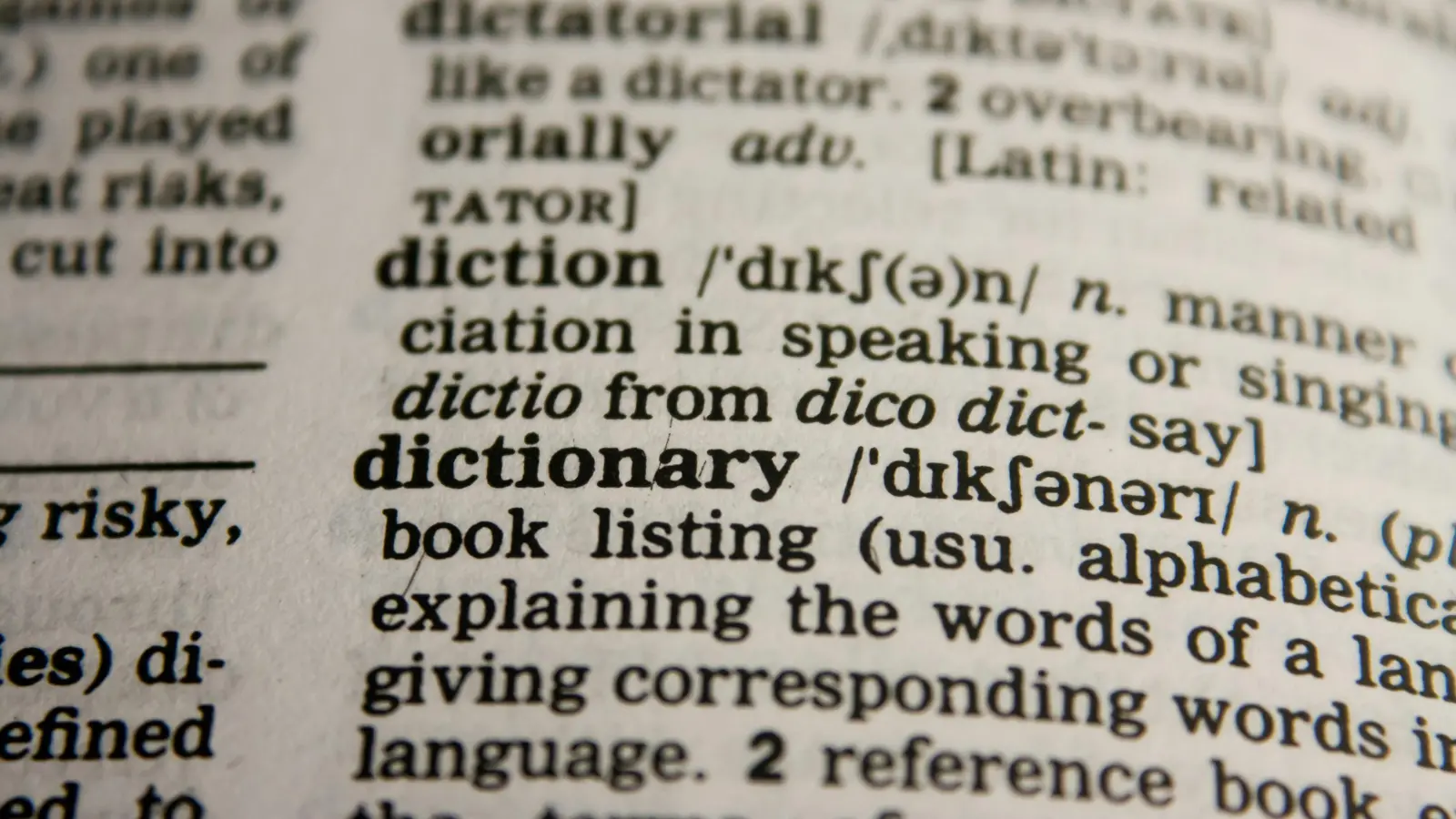A Plain-English Guide to Understanding Fuel-Efficient Vehicles
Fuel-efficient vehicles include a wide range of technologies, designs, and performance features. Whether you’re considering a gas-powered compact, a hybrid SUV, or a plug-in hybrid commuter car, understanding the terms used in fuel efficiency discussions can help you make informed decisions.
This glossary breaks down the most common fuel economy and vehicle efficiency terms into everyday language.
A to F
Aerodynamics
The shape and design of a vehicle that helps it cut through the air more easily. Better aerodynamics means less wind resistance, which improves fuel efficiency.
ACEEE Green Score
A rating from the American Council for an Energy-Efficient Economy that ranks vehicles based on emissions and fuel consumption. A higher score means a cleaner and more efficient car.
Combined MPG
An EPA-estimated average for city and highway fuel economy. This is the most commonly used figure for comparing vehicle efficiency.
Cruise Control
A system that maintains a steady driving speed, often helping to reduce unnecessary acceleration and improve gas mileage on highways.
CVT (Continuously Variable Transmission)
A type of transmission that uses belts and pulleys instead of fixed gears. It allows the engine to operate at the most efficient speed for an improved fuel economy.
G to M
Greenhouse Gas Emissions
Gases such as carbon dioxide (CO2) released from tailpipes. Vehicles that burn less fuel release fewer greenhouse gases.
Hybrid (HEV)
A vehicle that combines a gasoline engine with an electric motor and battery pack. The hybrid drivetrain helps improve fuel efficiency, especially during city driving.
Idle Reduction
Technology or habits that reduce how long an engine runs when the car is not moving. Less idling means less wasted fuel.
MPG (Miles Per Gallon)
The number of miles a vehicle can travel on one gallon of gasoline. The higher the number, the more fuel efficient the vehicle is.
Maintenance Schedule
A guide from the manufacturer recommending when to service your car. Following it can help your vehicle maintain peak efficiency.
N to S
NiMH (Nickel-Metal Hydride) Battery
An older hybrid battery technology that is still used in some vehicles. Durable, but heavier than modern lithium-ion batteries.
Overdrive
A transmission setting that reduces engine RPM at high speeds. It lowers fuel consumption on highways.
PHEV (Plug-In Hybrid Electric Vehicle)
A type of hybrid with a larger battery that can be charged externally. Offers a short electric-only range before switching to gasoline.
Regenerative Braking
A feature that captures energy when you slow down and uses it to recharge the battery, improving overall efficiency.
Stop-Start System
A technology that automatically shuts off the engine when you stop at lights or in traffic, then restarts when you lift your foot off the brake. Saves fuel while idling.
T to Z
TCO (Total Cost of Ownership)
The full cost of owning a vehicle, including purchase price, fuel, maintenance, insurance, and depreciation. Fuel-efficient vehicles often have a lower TCO over time.
Trip Computer
An in-vehicle screen or display that shows real-time fuel economy, trip distance, and estimated range. This helps drivers improve their driving habits.
Turbocharging
A method of increasing engine power by forcing more air into the combustion chamber. Allows smaller engines to perform like larger ones without a big hit to fuel economy.
Under Load
Describes a situation when the engine works harder, such as going uphill or accelerating quickly. Fuel use increases “under load.”
Variable Valve Timing
A technology that adjusts how engine valves open and close to improve efficiency and power at different speeds.
Wrap-Up
Understanding fuel-efficient terminology helps you compare vehicles more effectively, ask smarter questions at the dealership, and get the most out of your investment. Whether you're looking to save money at the pump, reduce emissions, or just find a smarter ride for your daily commute, these terms are your guide.
Keep Building Your Knowledge
Learn what it’s really like to own a fuel-efficient vehicle:
← Go Back: Fuel Economy Ratings Explained
Discover Next: Owning a Fuel-Efficient Vehicle →












